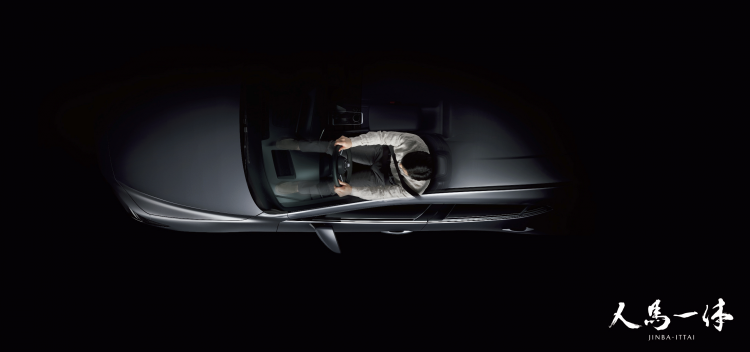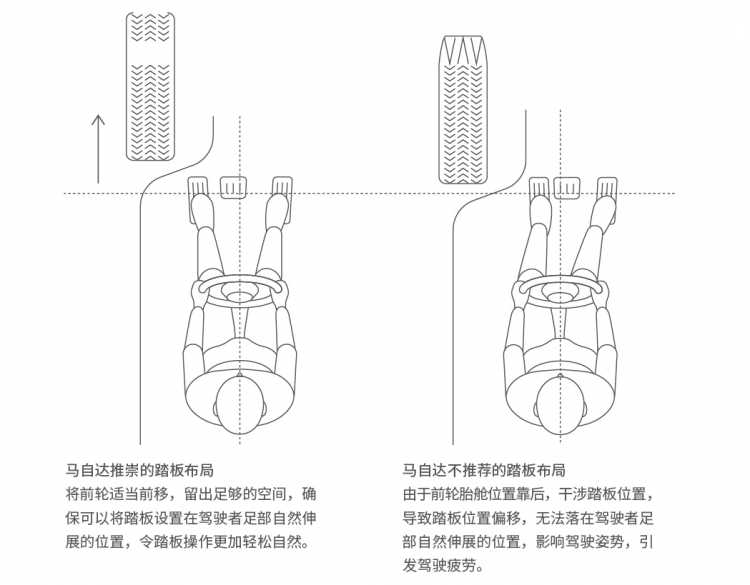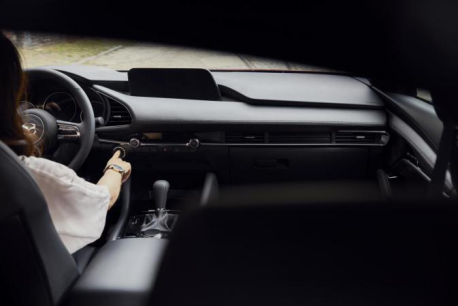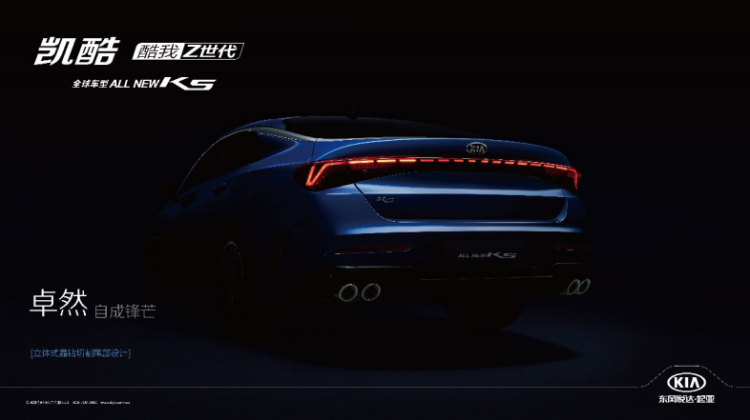“Human-horse integration” is an ideal driving state in which people and cars are connected with each other. As one of the most important elements of modern life, a car is no longer just a means of transportation to complete transportation tasks. More driving time is also an important attribute that modern car products should have.
In order to achieve a higher level of “human-horse integration” – “EFFORTLESS JOYFUL DRIVING stress-free and enjoyable driving”, Mazda re-examined the vehicle structure layout reasonably, starting from the cockpit that the driver directly contacts, and creating it for the next-generation MAZDA3 Angkesaila The “completely symmetrical ideal cockpit” with the driver as the central axis has been developed, thus realizing the leapfrog evolution of “human and horse integration”.

Revisiting the cockpit layout
It is generally believed that the engine, gearbox, and chassis, known as the “three major parts of a car”, are the factors that determine the driving experience. But fundamentally speaking, if the driver cannot grasp the control unit at a glance and complete the driving in a comfortable and natural state, then no matter how advanced the technological equipment is, it is putting the cart before the horse. A pleasant driving experience should start with the driver’s cockpit environment.

Under the “people-oriented” development concept, Mazda re-arranged the cockpit with the driver’s seating position as the center, and innovated the design of the wheels, accelerator position and even the shape of the accelerator. First, the engineer moved the front wheels of the vehicle forward to leave ample space for the reasonable arrangement of the accelerator and rest pedals. At the same time, a new organ-style accelerator pedal that fits the foot movement trajectory was adopted to ensure that the driver sits comfortably. With legs stretched naturally, throttle and brake are controlled in a comfortable posture.

Create a fully symmetrical ideal cockpit
The advancement of technology has enriched the functions of cars, and the amount of information that drivers need to process while driving has also increased. Based on the “people-oriented” development concept, the next-generation MAZDA3 Axela is committed to creating an environment where drivers can drive with peace of mind and safely process multiple information.
On this basis, engineers classify the information that drivers need to process when driving according to the importance of the content, and define three categories: “information that needs to be confirmed continuously, vehicle status information, and information that provides comfort and convenience” and sort them out. , reasonably distributed to three display areas, creating a concise and clear information layout, allowing drivers to have a clear view of the information while keeping their eyes on the road ahead.

Specific to the layout of the cockpit, it is the 7-inch full-color digital instrument panel behind the steering wheel, the ADD color head-up display system on the windshield directly in front of the driver, and the 8.8-inch floating central control screen above the center console. , sorted by importance, displays vehicle driving information in different areas, and on the premise of ensuring driving safety as the first principle, through the hollow knob type human-computer interaction method, it provides a variety of intelligent vehicle interconnection life.

The cockpit is the place where the driver and the car communicate and connect. If the cockpit cannot serve the driver safely, the “driving pleasure” pursued by Mazda will not be realized. In order to make driving safer and more secure, Mazda continues to explore the ideal cockpit layout structure and human-computer interaction interface. By recreating the cockpit layout, it brings a higher level of “human-horse integration” on the basis of realizing the ideal driving posture- “EFFORTLESS JOYFUL DRIVING stress-free and enjoyable driving”.




